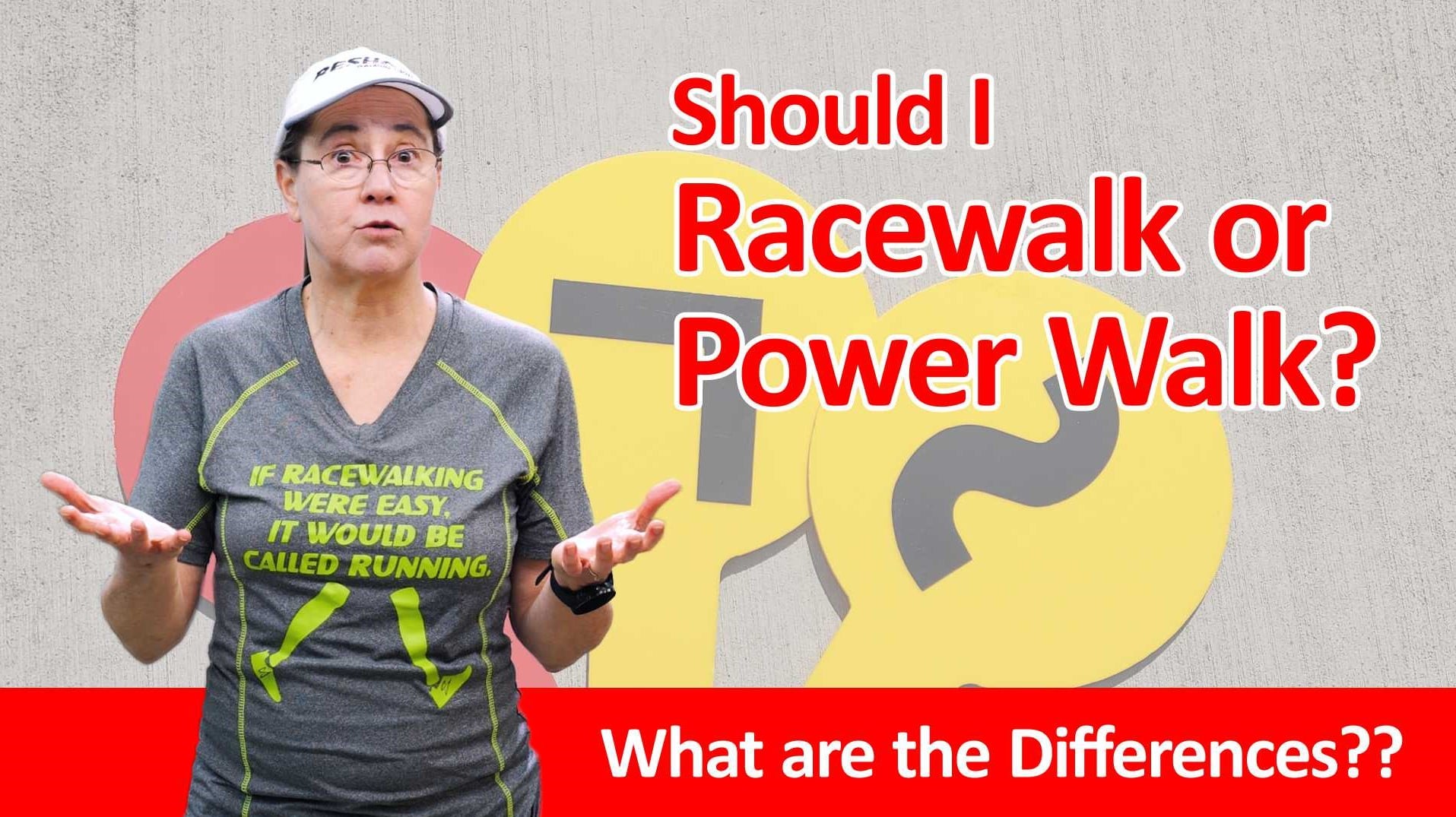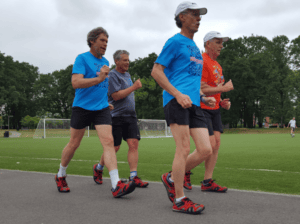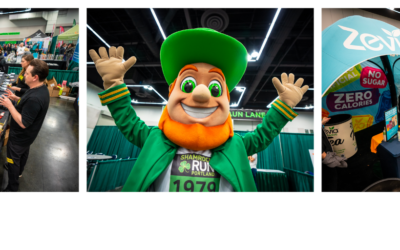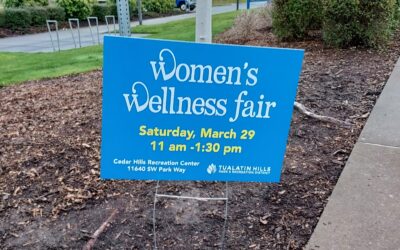Should I race walk or power walk?
If you are looking to add some speed to your walking routine, consider race walking or power walking. Both offer opportunities to improve your fitness, but you’ll first need to know the rules of competition so you can practice the right technique before you enter a race. There are currently two main types of competitive walking: race walking and power walking. Power walking is bent knee walking, while racewalkers must display a straight knee at foot contact. Some power walking events will allow the race walk gait, but race walk events do not allow the power walking gait. Check with the race director regarding the local rules before you sign up for a power walking event.
What is the difference between race walking and power walking?
Race walking is an Olympic sport with two rules governed by World Athletics. Rule 54.2 defines the proper technique and the penalties for not complying in a judged event. Book C, rules 1-11 cover the rules of competition. In race walking, the knee of the forward leg must be completely straight as soon as the forward foot contacts the ground. It must remain straightened until the leg reaches the vertical position. Race walkers must also walk in a manner that does not produce visible loss of contact. Power walking does not have an official governing body, so there is no precise definition, but most race directors simply require that walkers maintain visible contact with the ground. Bent knee walking is acceptable, but jogging is not.
Which style is better?
Choosing between power walking and race walking is a personal choice. Both are low impact and offer a great form of cardiovascular exercise. Race walking is an Olympic sport, complete with judges that can penalize you for not complying with the rules. If that doesn’t deter you, the sport of race walking will offer opportunities for college scholarships, as well as national and international competitions for all ages. Power walkers generally enter the walking division of local road races, which are not judged like the race walk events. However, there are now some official power walk events with judges to make sure power walkers adhere to the rules. The Huntsman Games is currently the biggest U.S. competition where walkers vie for medals in 5-year age groups.
Which technique is right for me?
Here are some factors to consider:
Flexibility: If your joints tend to be stiff and you struggle with flexibility, race walking will be more challenging. That’s not to say that you shouldn’t give it a try. Gaining flexibility is a great fitness goal, but it takes time and patience. You might need to work with a trainer or physical therapist to gain range of motion in your hips, knees, or ankles. If that’s not possible, go with the power walking option.
Time to work on technique: Some walkers seem to pick up the race walk naturally, while others find it awkward at first. You’ll need to carve out some time to learn and practice the race walk gait. Get some technique instruction and give yourself a month or so to become proficient. If you still can’t get the hang of it or don’t have the time or patience to manage the straight knee requirement, stick with power walking.
Terrain: If you plan to train and race on hilly terrain, stick to power walking. Race walking is not suited for steep inclines or declines and competitions are generally held on flat racecourses.
For online training tips, visit Reshod Walking Shoes – YouTube
If you live in the Portland, Oregon area, check out Coach Carmen’s group training sessions by clicking this link.




